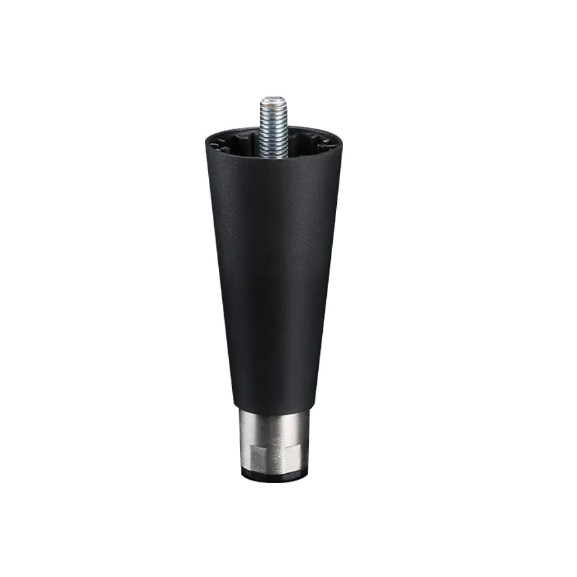The design of table legs plays a crucial role in determining the stability and weight capacity of kitchen food equipment tables. These tables are essential in commercial kitchens, catering facilities, and other food service establishments where heavy equipment, appliances, and food items need to be accommodated. Understanding how different table leg designs impact stability and weight capacity is essential for selecting the right option to meet the needs of the kitchen environment.
One of the most common table leg designs is the traditional four-legged style. This design distributes the weight of the table evenly across four points, providing stability and support. However, the weight capacity of tables with four-legged designs may vary depending on factors such as the thickness and material of the legs. While sturdy materials like steel or aluminum can support heavier loads, thinner or lighter materials may have limitations in terms of weight capacity.
Another popular design is the pedestal base, which features a single central support or a sturdy pedestal instead of four separate legs. This design offers excellent stability and weight capacity, as the weight is centralized and evenly distributed. Pedestal-based tables are often preferred for heavy-duty applications where maximum stability is required, such as supporting large kitchen equipment or heavy loads of food items.
Tapered legs are another option commonly found in kitchen food equipment tables. These legs gradually narrow towards the bottom, providing a sleek and stylish appearance while still offering adequate stability. However, the weight capacity of tables with tapered legs may be slightly lower compared to other designs, particularly if the legs are made of lightweight materials or have a slim profile.
Tables with crossed or X-shaped legs feature a distinctive design that not only adds visual interest but also improves stability and weight capacity. The intersecting legs provide additional support and reinforcement, making the table more resistant to tipping or wobbling, even under heavy loads. This design is often favored for high-traffic areas or environments where stability is paramount.
Adjustable legs are another consideration for kitchen food equipment tables, offering users the flexibility to customize the height to accommodate different equipment or ergonomic preferences. While adjustable legs provide versatility, they may have slightly lower weight capacity compared to fixed legs due to the additional moving parts and mechanisms involved.
Furthermore, tables equipped with leveling feet allow users to adjust the height and ensure stability on uneven surfaces. Leveling feet typically have a high weight capacity and provide excellent stability, even on sloped floors. This feature is particularly beneficial in commercial kitchens where precise leveling is essential for safety and functionality.


 English
English  中文简体
中文简体











